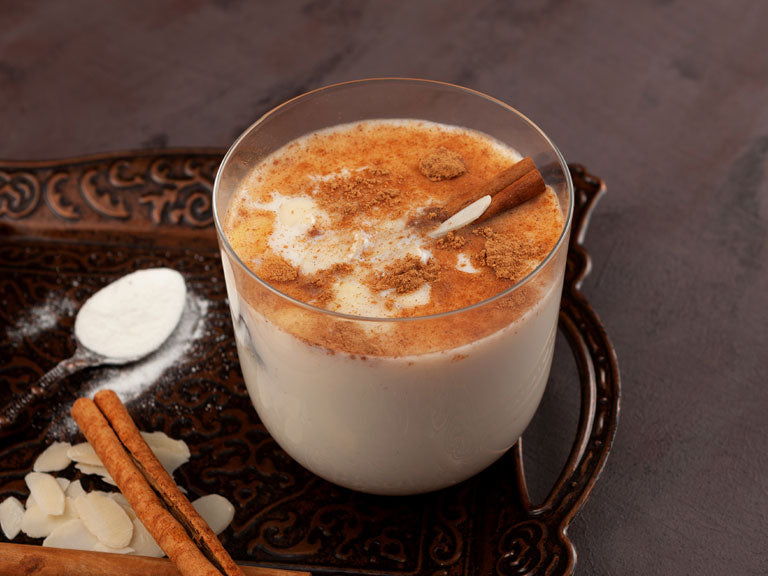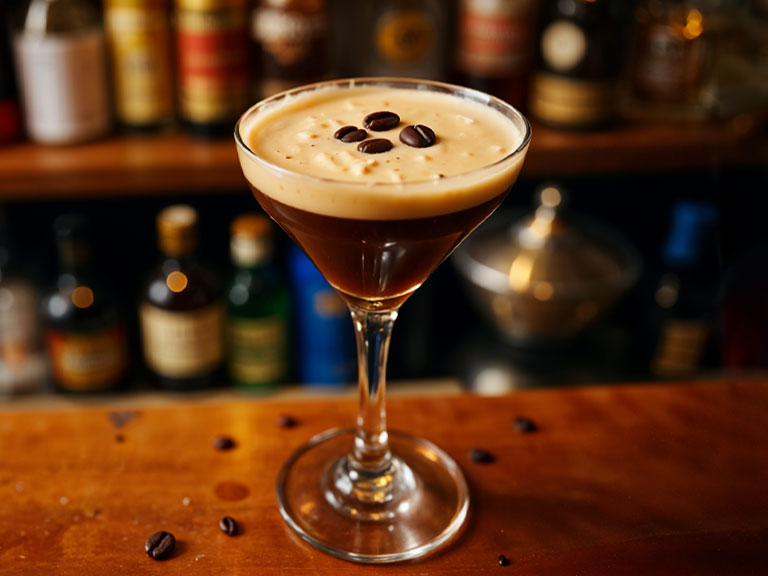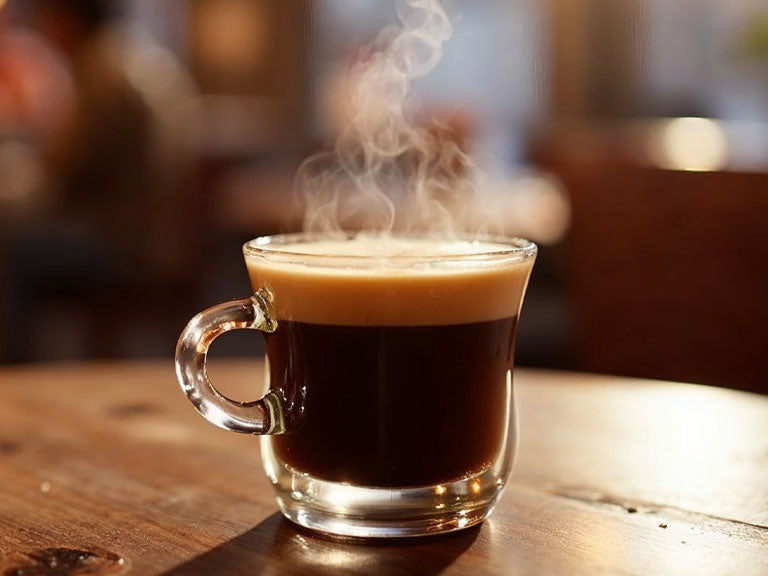
TRADITIONELLES HANDWERK
Das Rösten von Kaffee ist ein traditionelles Handwerk und entscheidend für den Geschmack des Kaffees. Unser Röstmeister legt für jeden Kaffee ein eigenes Röstprofil an, das den individuellen Charakter des Kaffees betont. Unter Hitzezufuhr finden beim Rösten sehr komplexe, chemische Reaktionsprozesse statt. Während diesem Prozess setzen sich Zuckerstoffe und Aminosäuren neu zusammen, so dass in jeder einzelnen Zelle ca. 1.000 Aromen bzw. chemische Verbindungen neu gebildet werden. Somit zählt Kaffee zu den aromatischsten Lebensmitteln überhaupt und weist bedeutend mehr Aromastoffe als Wein auf.
SCHONENDE TROMMELRÖSTUNG
Wir rösten unsere Kaffees in einer kleinen traditionellen Kaffeerösterei am schönen Bodensee. Der Trommelröster der Marke Genio aus Johannesburg eignet sich hervorragend, um das Kaffeearoma voll zu entfalten. Wir rösten ausschließlich kleine Chargen von 4-5 KG mit Röstzeiten zwischen 13 und 21 Minuten. Dabei ist die Röstdauer abhängig von dem gewünschten Röstergebnis. Die Endtemperaturen reichen von 200°C für helle Filterkaffeeröstungen bis zu 220°C für sehr dunkle Röstergebnisse. Die zum Rösten benötigte Energie erhält der Kaffee indirekt durch Kontakt mit der von außen beheizten Rösttrommel und der aufgeheizten Luft. Nach Beendigung des Röstvorgangs muss der Kaffee zügig abgekühlt werden. Dies geschieht unter Kaltluftzufuhr auf Kühlsieben und gänzlich ohne Wasser.


QUALITÄT DURCH RÖSTUNG
Die Röstung spielt in Bezug auf die Qualität von Kaffee eine entscheidende Rolle. Wir rösten unsere Kaffees über einen längeren Zeitraum und bei vergleichsweise wenig Hitze, sodass sich die Geschmacksaromen deutlich ausprägen können. Nur die gewollten, feinen Fruchtsäuren, die zum Charakter unseres Kaffees beitragen, bleiben erhalten. Unsere Espressi rösten wir etwas länger als unsere Filterkaffees. So verschwinden ungewollte Säuren fast vollständig und sorgen für den Espresso typischen, kräftigen Geschmack. Insgesamt ist das Trommelröstverfahren ein aufwendiger und anspruchsvoller Prozess, der die aggressiven, die Magenwand reizenden Chlorogensäuren bestmöglich abbaut.
Zunächst wird der blass-grüne und nach Heu riechende Rohkaffee in den vorgewärmten Röster gegeben. Die Hitzezufuhr trocknet die restliche Feuchtigkeit aus den Bohnen heraus und die Farbe der Bohnen wird allmählich gelb. Nach rund 7 bis 10 Minuten wechselt die Farbe ins bräunliche und es entsteht ein würziger Geruch, der an Popcorn oder frisch gebackenes Brot erinnert. Durch die in den Bohnen neu entstandenen Gase (Kohlenstoffdioxid und monoxid) nehmen die Bohnen deutlich an Volumen zu.
DER „FIRST CRACK“ nach 15 min
Nach circa 12 bis 15 Minuten ist der Druck in den Bohnen so groß, dass Zellwände der Kaffeebohne hörbar aufplatzen. Diesen Moment nennt man den First Crack. Ab jetzt entfaltet sich das gesamte Spektrum der Geschmacksvielfalt. Die Fruchtsäuren werden abgebaut, Zucker karamellisiert und die Zellstruktur wird geschwächt. In dieser Zeit muss der Röstmeister den Vorgang sehr genau beobachten, denn ihm bleiben nur 2 bis 4 Minuten bis die Bohnen verkohlen würden. Innerhalb dieser Zeit verändert sich die Farbe des Röstkaffees von leicht braun über mittelbraun über dunkelbraun bis hin zu schwarzbraun.
Ist der Röstvorgang beendet, fällt der Kaffee aus der Rösttrommel in das Kühlsieb. Hier wird der heiße Kaffee mittels kalter Luft und durch ein Rührwerk abgekühlt. Danach passieren die Bohnen noch einen “Entsteiner”, in dem mögliche kleine Steine, die manchmal im Rohkaffee vorhanden sind, ausgelesen werden. Nun wird der Röstkaffee verpackt und jetzt braucht er noch etwa 2 Wochen, um das entstandene CO2 wieder auszugasen. Erst nach dieser „Ruhezeit“ von etwa 10-14 Tagen, kann der Kaffee sein volles Aroma entfalten.





